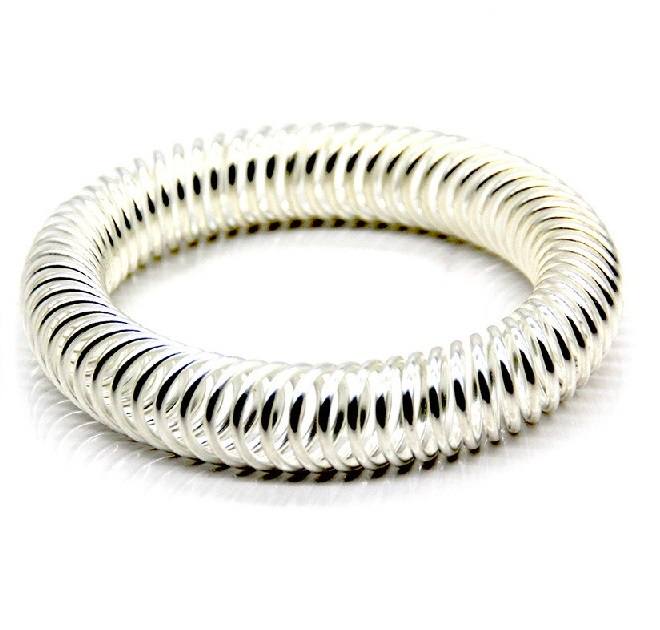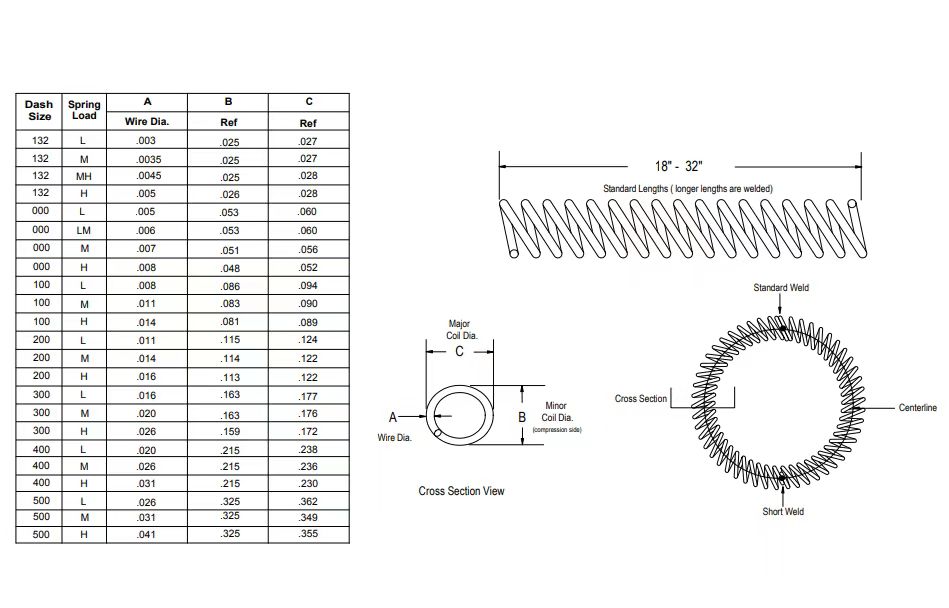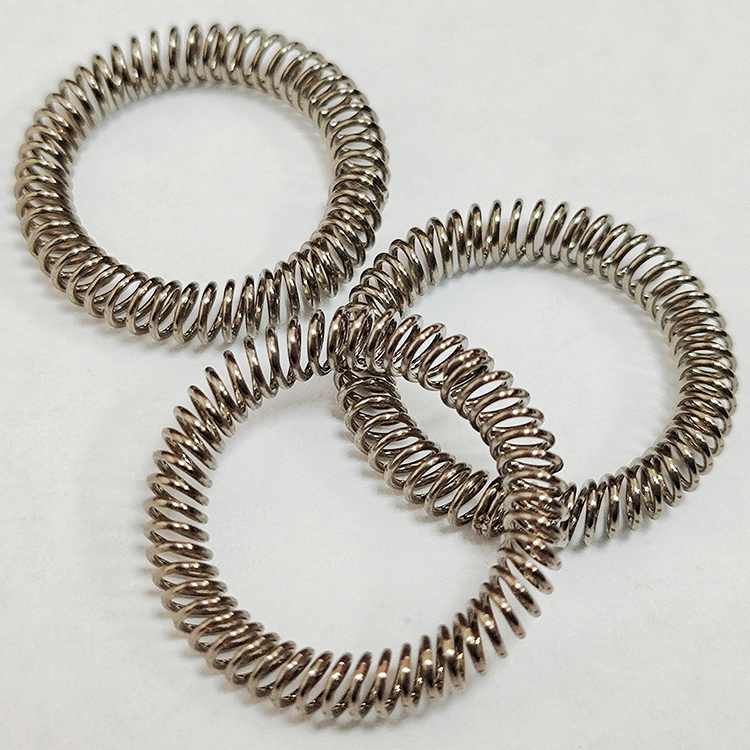Canted Coil Spring is also called Slant Coil Spring, Wire Wound Spring, Wound Spring, Slant Coil, Slant/Canted Coil Spring. It can transmit strong current in a small space, and can also be used as pure mechanical connection. It has no limitation in use and is suitable for use in a variety of static or dynamic medium and high voltage environments.
The size of the spring finger and the number of independent coils make the spring suitable for various electrical contact designs, and the maximum contact point is the best current carrying capacity for electrical or EMI shielding. Each coil will independently compensate for contact and surface changes, which allows for a wider tolerance between fittings. Multiple contact points increase conductivity, and its operating temperature is relatively low, so its service life is longer.
Spring finger technology is used for power contact in various industries, including medical electronics, medical devices, aerospace and national defense, energy and automobile, etc.

| To customize the finger spring, you need to provide the following necessary parameter information: | |||
|---|---|---|---|
| Wire diameter D: mm | (Note: diameter of spring wire) |  | |
| Spring inner diameter di:mm | (Note: inner diameter of ring spring) | ||
| Major diameter w: mm | (Note: major axis of oblique circle ellipse) | ||
| Small diameter H: mm | (Note: minor axis of oblique circle ellipse) | ||
| For customized finger spring, you also need to provide the following technical requirements: | |||
| Total number of turns: | (Note: total number of coils with inclined coil) | ||
| Material requirements: | (for example: beryllium copper C17200, C17500, chrome zirconium copper c18500, stainless steel SUS304, 316… Etc.) | ||
| Surface treatment: | (Note: copper plating, nickel plating, silver plating, gold plating, etc.) | ||
| Spring outer diameter: | (Note: outer diameter of ring spring) | ||
| Other requirements: | (such as: Spring usage, current requirements, shaping flatness requirements, welding requirements and others) | ||
